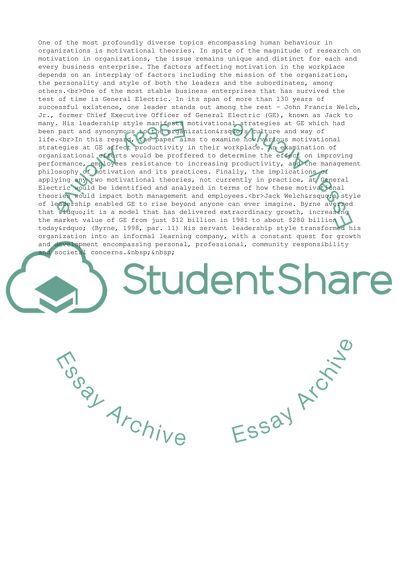Cite this document
(Workplace Motivation at General Electric Research Paper, n.d.)
Workplace Motivation at General Electric Research Paper. Retrieved from https://studentshare.org/management/1741849-workplace-motivation-paper
Workplace Motivation at General Electric Research Paper. Retrieved from https://studentshare.org/management/1741849-workplace-motivation-paper
(Workplace Motivation at General Electric Research Paper)
Workplace Motivation at General Electric Research Paper. https://studentshare.org/management/1741849-workplace-motivation-paper.
Workplace Motivation at General Electric Research Paper. https://studentshare.org/management/1741849-workplace-motivation-paper.
“Workplace Motivation at General Electric Research Paper”, n.d. https://studentshare.org/management/1741849-workplace-motivation-paper.


